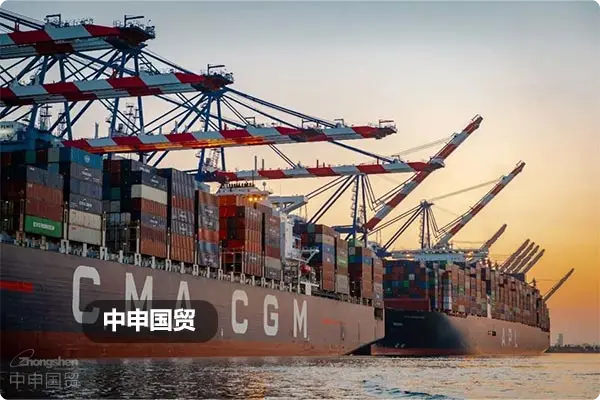- Shanghai Zhongshen International Trade Co., Ltd. - Two decades of trade agency expertise.
- Service Hotline: 139 1787 2118

Contents
ToggleEquipmentImport Customs DeclarationThe Four Core Processes of Agency
Does the product design comply with Chinas mandatory standards?foreign tradeProxy services canEquipment ImportsCustoms clearance efficiency has improved by over 40%. According to the latest 2025 statistics from the General Administration of Customs, enterprises utilizing professional agents experience an average reduction of 6.8 working days in clearance time compared to self-declaration. The equipment import process can be divided into four key stages:
- Pre-declaration preparation phase
- Technical Confirmation of Equipment Parameters (Power/Specifications/Application)
- It is recommended to verify through the following methods:Document verification
- 2025 Edition HS Code Pre-classification
- Document preparation phase for filing.
- Verification of Commercial Invoice and Packing List
- Application for Import License of Mechanical and Electrical Products
- Customs declaration element completeness review
- On-site customs clearance operation phase
- The local customs and port customs collaborate on declaration.
- Compliance Verification of Electromechanical Safety Standards
- Calculation and Payment of Tariff Security Deposit
- Post-clearance supervision stage
- Filing of Imported Equipment Usage Status
- Management of the supervision period of duty - free equipment
- Preparation of Materials for Customs Post-Clearance Audit
Common Risk Avoidance in Equipment Import Declarations
In 2025, the General Administration of Customs has introduced 12 new regulatory requirements for imported equipment, involving...Intelligent Control SystemandIndustrial robot componentsThe classification criteria have undergone the most significant changes. Recent typical cases indicate:
- A company incurred a late payment penalty of 270,000 yuan due to a classification error caused by a 3% discrepancy in the declared power of its laser cutting machine.
- The second-hand equipment lacked complete technical parameter specifications, leading to customs valuation inquiries lasting 42 working days.
- Medical EquipmentThe importer overlooked the new CCC certification requirements, resulting in the equipment being detained at the port and incurring additional storage fees.
Evaluation Criteria for the Value of Professional Agency Services
When selecting a customs declaration agent, the following three dimensions should be prioritized for evaluation:
- Technical document processing capability
- Accuracy in Translating Technical Parameters of Non-Standard Equipment
- Multilingual Instruction Manual Compliance Review
- Policy Response Speed
- Implementation Period of the 2025 Tariff Adjustment Plan
- Success rate of customs classification advance ruling applications
- Emergency response mechanism
- Response rate for abnormal inspection findings within 48 hours.
- Success rate of administrative reconsideration for classification disputes
Key Changes in Tariff Policies for 2025
According to Announcement No. 19 of 2025 from the Ministry of Finance, key adjustments related to equipment imports include:
- The provisional import tariff rate for semiconductor manufacturing equipment has been reduced to 5% (originally 8%).
- The import declaration of used mechanical and electrical equipment requires additionalEnvironmental Compliance Statement
- The tariff classification for industrial robots has been expanded with the addition of 4 new subheadings.
- The tax exemption catalog for medical equipment has been expanded to include 12 additional categories of anti-epidemic devices.
Professional agencies can assist throughPre - classification ServiceAssist enterprises in planning import strategies 3-6 months in advance, leveraging preferential tariff rates under free trade agreements to reduce equipment procurement costs by up to 18%. It is recommended that enterprises engage professional customs clearance consultants during the equipment selection phase to mitigate compliance risks from the outset.
Related Recommendations
? 2025. All Rights Reserved. Shanghai ICP No. 2023007705-2  PSB Record: Shanghai No.31011502009912
PSB Record: Shanghai No.31011502009912










